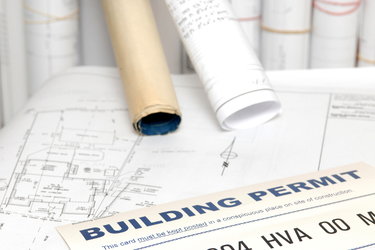august 2022, issue 4
ELITE PERMITS
BRIEFING ON CONSTRUCTION & Some other stuff
Written by TATIANA gUSt
For over 15 years, I have been working on the code enforcement side of the building process, and I love all the details that the code has to offer. For many, the code is a completely different language, and in this blog I want to make an important clarification that not many people think about it. For the non–code enforcement user, there is no significant difference between a permit and a permit application. But there is a huge difference that can be quite costly for those who are unaware.

Permit Application
VS

Building Permit
So, let us review this together.
How many times has your contractor told you, “I applied for the permit”? Or “the permit is under review”? While the application is under review, it is just that — an application.
You do NOT have a permit until the documents are approved and officially issued.
This seems logical, but many people tell me they have a permit but it was rejected. Even from a technical point of view, this is not accurate, as they in fact have a rejected permit application.
Another important fact is that NO WORK shall occur until you have a permit in hand or have permission to work.
This means the permit has been issued or the building official has approved an early work authorization to proceed with work prior to permit issuance. This is especially important if your property is located in a FEMA flood zone and you are below base flood elevation.
Because of the limitation on the amount of work that can be done on FEMA projects, (take a look of my other blogs (HERE) where this is explained), we have seen cases where the work commenced without a permit or permission, only to find out that what the client wanted to do originally is not allowed by code, and they have to put things back same as before or in worse cases they have to demo the structure and start over.
Now, with the official permit in hand, you can work on your project.
Let me know if you have additional questions about the building codes or construction process. Follow us for more and share our blog!







